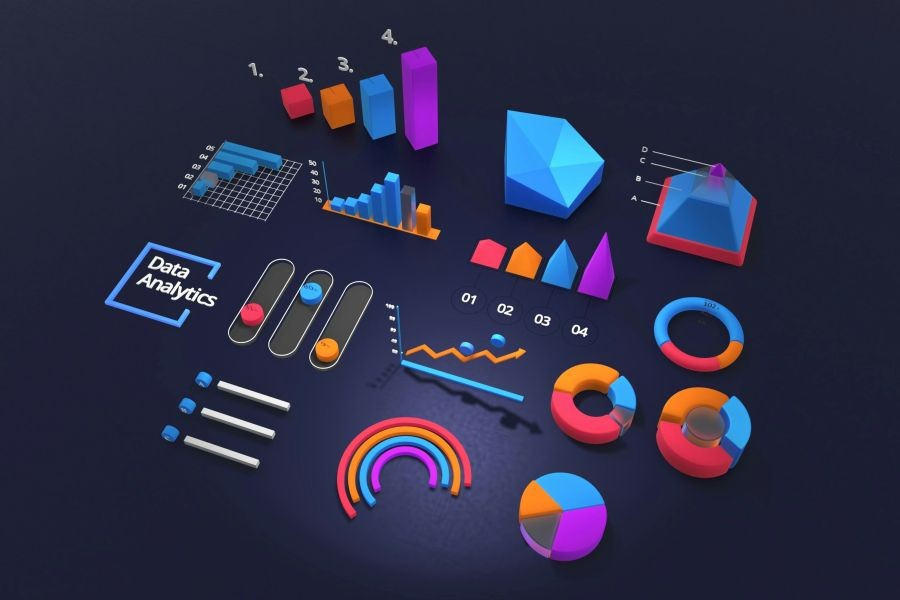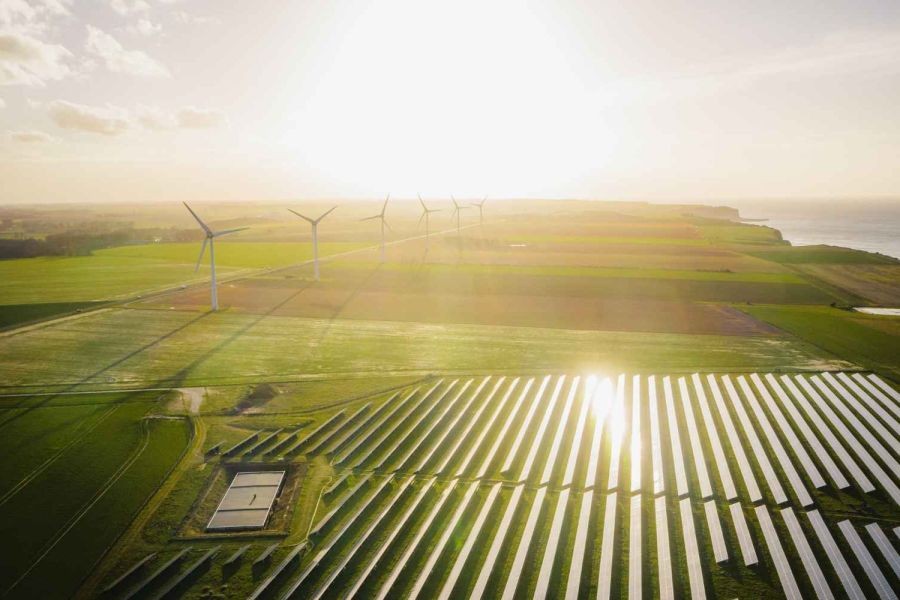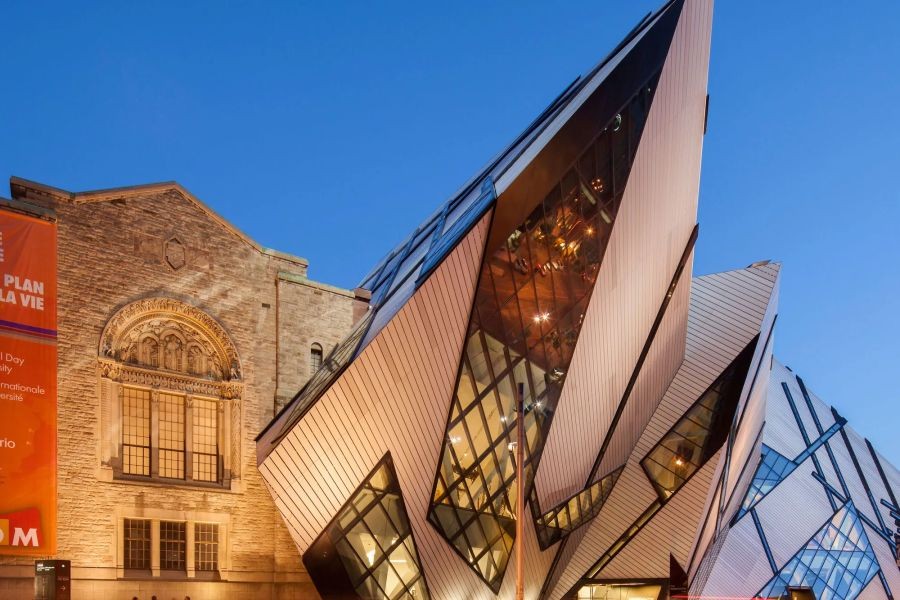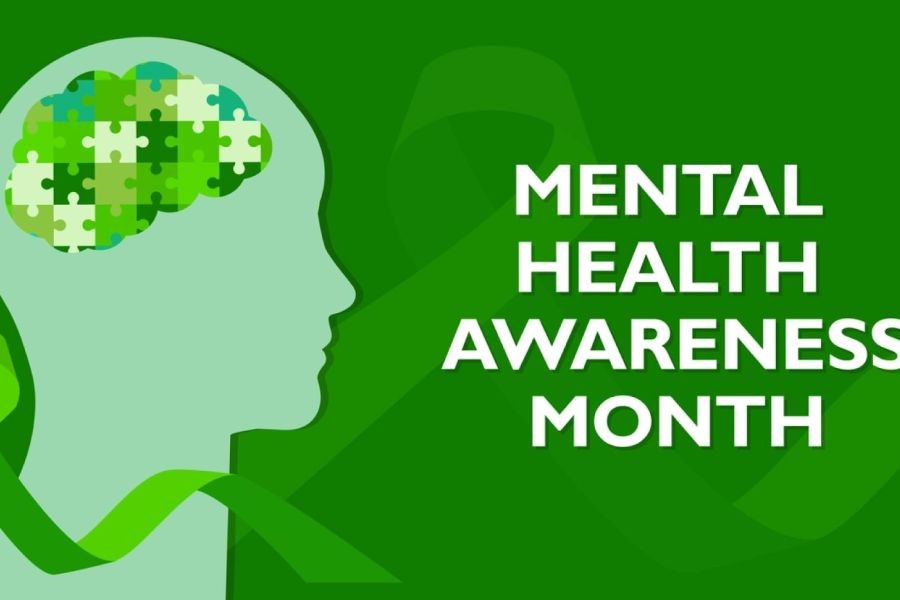Picture this: by 2030, New Zealand's maritime trade volume is expected to double, demanding a revolutionary shift in how we design our harbors and ports. In a nation where 99% of trade volume is seaborne, the ramifications of outdated infrastructure are immense. As global trade dynamics evolve, so must our approach to harbor design. But how do we ensure that our ports are not only capable of handling future demands but also sustainable and resilient?
A study by Deloitte indicates that modernizing port infrastructure can boost trade efficiency by up to 30%. With New Zealand's unique geographical challenges, the stakes are high. This article delves into the intricacies of designing harbors and ports for future growth, offering data-backed insights tailored to the Kiwi context.
What’s your perspective on this transformation? Share your insights below!
Understanding the Current Landscape
The importance of ports in New Zealand cannot be overstated. Ports like Auckland and Tauranga serve as critical gateways for trade, yet they face challenges like aging infrastructure and environmental concerns. According to the Ministry of Transport, New Zealand's ports are currently operating at about 85% capacity, signaling an urgent need for expansion and modernization.
Case Study: Port of Tauranga
- Problem: Faced with increasing trade volumes, the Port of Tauranga needed to expand its capacity without compromising environmental sustainability.
- Action: Implemented a strategic dredging project and invested in advanced cargo handling technology.
- Result: Increased container throughput by 25% and reduced operational emissions by 15%.
- Key Takeaways: Balancing technological upgrades with environmental considerations is crucial for sustainable growth.
Strategic Design Elements for Future Ports
Designing ports for future growth involves more than expanding capacity. It requires integrating technology, enhancing sustainability, and adopting adaptive infrastructure. According to a report by NZTech, ports that incorporate digital solutions can enhance efficiency by up to 40%.
- Smart Infrastructure: Implementing IoT and AI for real-time data analytics can optimize logistics and reduce downtime.
- Environmental Sustainability: Utilizing renewable energy sources and green building materials can reduce ecological footprints.
- Adaptive Design: Flexible infrastructure that can evolve with changing trade patterns is essential for long-term resilience.
Data-Driven Analysis: The Role of Technology
According to NZTech, implementing AI-driven port management systems can cut operational costs by 20%. This highlights the critical role of technology in port design, allowing for more efficient cargo handling and reduced waiting times.
Contrasting Viewpoints: To Expand or Optimize?
The debate between expanding existing infrastructure versus optimizing current operations continues. While expansion seems like a straightforward solution to capacity issues, optimization through technology offers a more sustainable approach. A report by PwC suggests that optimizing existing operations can yield a quicker ROI than large-scale expansions.
Case Study: Port of Auckland Optimization
- Problem: Limited space and increasing operational costs.
- Action: Adopted an AI-driven logistics management system.
- Result: Improved cargo handling efficiency by 30% and reduced costs by 20%.
- Key Takeaways: Technology-driven optimization can be more effective than physical expansion.
Storytelling: Meet Sarah, a Port Design Specialist
Meet Sarah, a 45-year-old port design specialist based in Wellington. When tasked with redesigning a local port, she faced the challenge of balancing capacity expansion with environmental sustainability. By leveraging smart technology and eco-friendly materials, Sarah succeeded in creating a model port that serves as a blueprint for future developments. Her story underscores the importance of innovative thinking in modern harbor design.
Common Myths & Mistakes in Port Design
- Myth: Larger ports are inherently more efficient. Reality: Efficiency is driven by technology and processes, not just size. Small ports with smart systems can outperform larger counterparts (Source: NZTech).
- Myth: Environmental measures increase costs. Reality: Sustainable practices can reduce long-term operational costs by up to 20% (Source: Ministry of Transport).
- Myth: Expansion is the only solution to capacity issues. Reality: Optimization of existing infrastructure can yield similar benefits with less investment (Source: PwC).
Which of these myths did you believe before reading this? Drop your thoughts below!
Final Takeaways
- 💡 Fact: Over 99% of New Zealand's trade volume is seaborne.
- 🚀 Strategy: Implement AI-driven port management systems for enhanced efficiency.
- 🔍 Mistake to Avoid: Focusing solely on expansion without considering optimization.
- 🌱 Pro Tip: Integrate renewable energy solutions to reduce ecological footprints.
- 🔮 Prediction: By 2030, ports that embrace technology will dominate NZ's trade landscape.
Conclusion
As New Zealand navigates the complexities of future maritime trade, innovative port design is imperative. By integrating technology, focusing on sustainability, and optimizing existing infrastructure, we can create resilient ports that meet future demands. Ready to start planning for the future? Consider how technology can revolutionize your approach to port design today.
Before embarking on your next project, ensure you:
- ✅ Evaluate current infrastructure capabilities
- ✅ Integrate smart technology solutions
- ✅ Prioritize environmental sustainability
What’s your next move? Are you ready to embrace the future of port design?
If you found this valuable, share it with your network or comment with your thoughts!
People Also Ask (FAQ)
- How does port design impact businesses in New Zealand?NZ businesses leveraging modern port designs report improved efficiency and reduced costs, significantly boosting trade competitiveness.
- What are the biggest misconceptions about port design?One common myth is that larger ports are more efficient. However, smart technology can make smaller ports equally competitive.
- What are the best strategies for implementing advanced port design?Experts recommend starting with a comprehensive technology assessment, followed by integrating AI solutions, and ensuring robust sustainability measures.
Related Search Queries
- Future of port design in New Zealand
- Innovations in harbor construction
- Sustainable port development strategies
- Impact of technology on port efficiency
- Challenges in modernizing New Zealand's ports
- Port of Tauranga expansion plans
- Role of AI in logistics management
- Environmental impact of port operations
- Case studies of successful port design
- Investment in New Zealand's maritime infrastructure






























DallasHefl
4 months ago